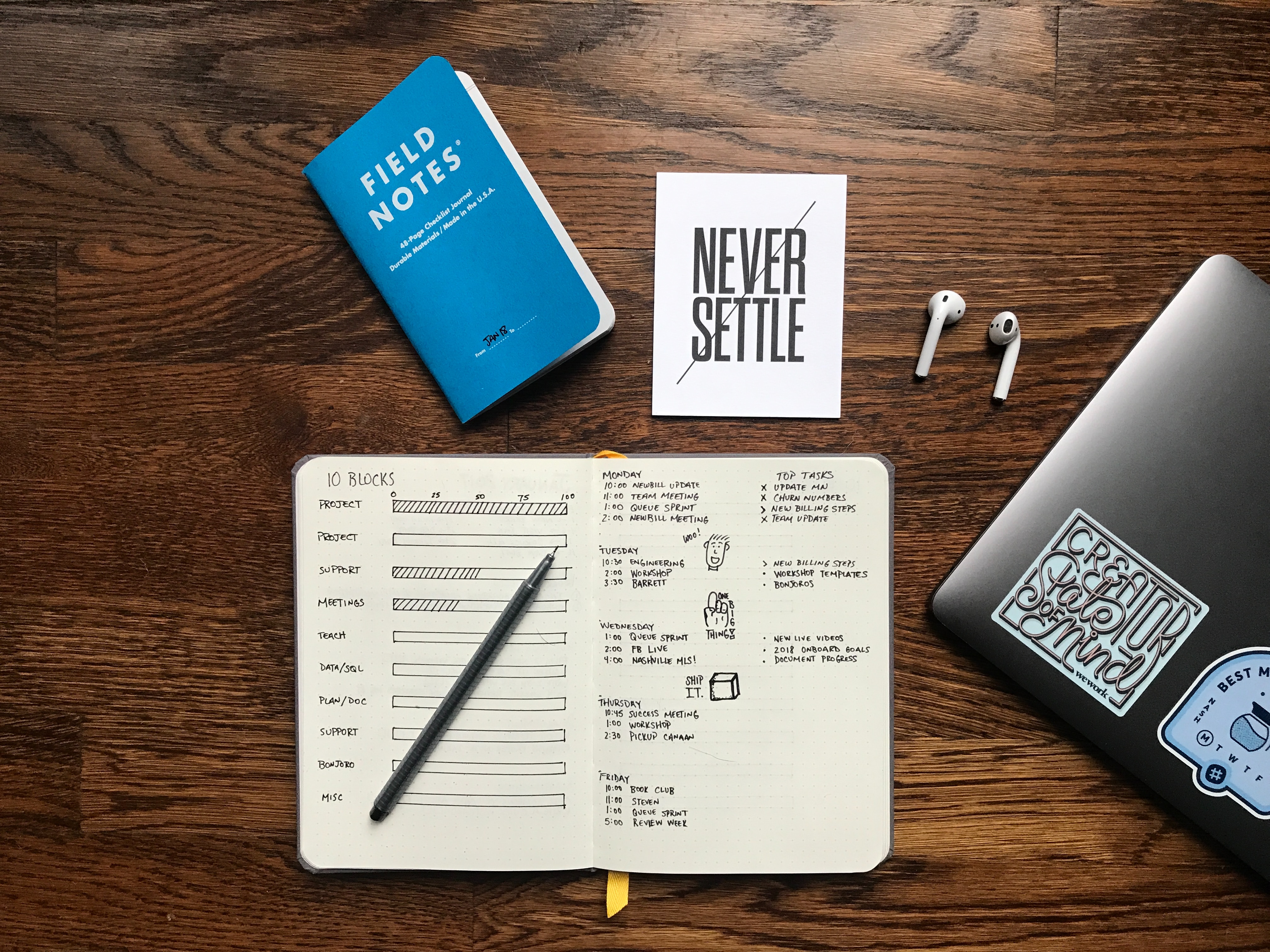The concept of a constitutional walk might seem quaint in our fast-paced, modern world, but it’s a tradition deeply rooted in history and practiced by many serious thinkers that offers benefits to both the body and the mind. Setting aside dedicated time each day for a consistent walk isn’t just about physical movement; it also becomes a meditative and restorative exercise for the mind.
Historically, the Philadelphia Gazette offers insight into the significance of walking as an exercise, as cited in an 1859 article from the New England Farmer. The human body, it suggests, derives remarkable strength from the natural, consistent exertion of walking.
The human frame becomes inured to wholesome and proper exertion, and the biped gains strength under it, in a greater degree than an quadruped. We have no objection to dumb bells, and other paraphernalia of the gymnasium. But none of these contrivances are half so beneficial as the use of our natural means of locomotion (59).
Where time is valuable, or strength is to be husbanded for active employment, it is well to take advantage of public conveyances. But if Americans would prescribe to themselves what John Bull cals his “constitutional walk,” we should gain in strength of muscle, and banish or diminish the common complaint, dyspepsia. Athletic games are well in their way, but one cannot always get up a cricket or rowing match. The consent of others is required, whereas, to walk briskly and habitually, it needs only that we overcome our own inertia, and diabuse [sic] ourselves of the notion that a horse’s legs are better than a man’s (59).
The latest workout gadget may have some use. Still, none of these aids can replicate the holistic advantages our inherent mode of locomotion—walking—provides. And while organized athletic games require the participation of others, a brisk and habitual walk simply requires one to overcome personal inertia. There’s power in this self-reliance and personal agency. Walking demands no equipment or coordination with others. It’s solitary and empowering.
Another old source has something to say about walking. In, Touring Afoot (1916), Fordyce expands on the health benefits of walking. He suggests that if the practice of walking were universalized, it would cultivate a healthier and more robust generation.
Every one ought to walk and nearly every one who walks ought to do more of it than he does. Should pedestrianism become universal the present generation would be far healthier and happier and their children would be sturdier and more beautiful. The old English habit of taking a constitutional walk every day speaks in no small measure for much of the strength and stability of the British character (12).
Modern health studies provide further support for the benefits of walking, especially post-meal walks. Recent findings have indicated that taking a walk after a meal can significantly improve blood sugar levels. Continuous glucose monitoring has shown that postprandial (after eating) walks can help in regulating the body’s blood sugar response, potentially reducing the risk of type 2 diabetes and improving overall metabolic health. This simple act, integrated into one’s daily routine, can be a proactive step in managing and preventing health issues related to blood sugar.
But if you just use your common sense, doesn’t it feel good to go for a walk, especially after a meal?
On a personal level, I’ve consistently found clarity and innovative solutions during my walks and runs. There’s an indescribable connection between physical movement and mental acuity. The rhythmic strides, changing scenery, and fresh air seem to nurture a conducive environment for introspection and ideation.
Some of my favorite figures have championed this practice. Cornelius Van Til, associated with Westminster Theological Seminary, made it a ritual to take daily constitutional walks around the campus. These were not mere physical routines but moments of engagement, reflection, and community building. One student asked him why he always walked a certain direction around the campus and didn’t switch it up the othe way. With his wry humor, he said the other was the “Arminian” direction.
In today’s world, where convenience often trumps well-being, maybe it’s time we embraced the simplicity and profundity of this age-old practice. Take a walk, for your own good.
Sources
- Taking a Constitutional Walk
- Advice to walk after meals is more effective for lowering postprandial glycaemia in type 2 diabetes mellitus than advice that does not specify timing: a randomised crossover study
Chapters
- [0:03] Introduction
- [1:06] The Constitutional Walk
- [1:48] Historical Sources Discussing the Constitutional Walk
- [5:01] Contemporary Science on the Benefits of Walking
- [6:50] How I Have Benefited from Walking
- [9:07] Cornelius Van Til Practiced the Constitutional Walk
- [10:24] Conclusion






